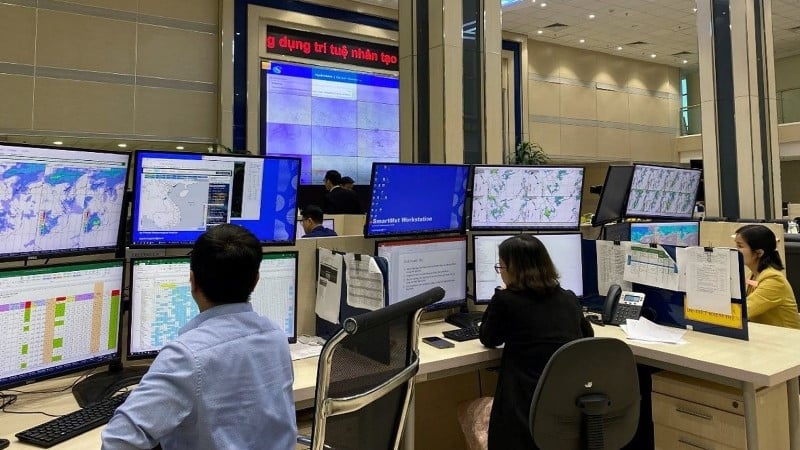
Early warning is the most effective measure to minimize damage caused by natural disasters related to weather, climate and hydrology. Many studies have shown that if a natural disaster is warned 24 hours in advance, the damage will be reduced by about 30% compared to no warning. Therefore, in the context of increasingly complex climate change, increasing the frequency and severity of storms, heavy rains, floods, flash floods, landslides, thunderstorms and lightning, early warning plays a more important role.
In Vietnam, implementing Resolution No. 57-NQ/TW of the Politburo, the Meteorological and Hydrological sector has gradually applied artificial intelligence (AI), big data and digital transformation to monitoring and forecasting work. Since the beginning of the year, the Department of Meteorology and Hydrology ( Ministry of Agriculture and Environment ) has deployed AI applications in some stages of the forecasting process. Specifically, machine learning algorithms are trained from radar data, satellite images and automatic monitoring to provide short-term rainfall forecasts with fast response time and high detail.
For the identification and determination of storm intensity in the East Sea, AI is used to analyze meteorological satellite images to identify the center of the vortex, assess the intensity and development trend of the storm, and support in-depth analysis for forecasters. These systems are still in the process of being perfected, extensively trained and integrated in the process of supporting professional forecasting. This technology allows authorities to continuously monitor weather and environmental conditions, thereby providing early warnings and timely response measures to protect people's lives and property.
Mr. Mai Van Khiem, Director of the National Center for Hydro-Meteorological Forecasting, said that during this year's storm and flood season, the Hydro-Meteorological sector has used AI in the monitoring and forecasting process. The results achieved higher accuracy than traditional tools.
Regarding storm forecasting, the 24-hour error in the center of the storm is about 90-110 km, consistent with the regional average. AI helps to combine probability and uncertainty assessments, supporting disaster prevention decision-making.
In forecasting heavy rain, the WRF model (Mesoscale Weather Network for Research and Forecasting Weather Operations) and regional ensembles give quite good results with widespread rain, but still have challenges with short-term localized rains in complex terrain, where there are conflicts between small-scale circulations. Warnings of thunderstorms, tornadoes, and lightning when combining weather radar, satellite images, ensemble data, and nowcasting algorithms have helped issue thunderstorm warnings 30 minutes to 3 hours in advance in many key areas.
The Department of Hydrometeorology has identified the major problem of science and technology in the industry as "Mastering AI technology in meteorological and hydrological forecasting, building a comprehensive AI system for multi-scale meteorological and hydrological forecasting with high accuracy and automating forecasting operations.
According to the leader of the Hydrometeorological Department, compared to Japan, China, Korea, etc., our country's forecasting capacity and monitoring system are still limited. On the other hand, due to budget constraints, our country has not been able to invest much in science and technology for hydrometeorological and natural disaster forecasting. In addition, the information technology infrastructure is still weak; there are not many monitoring stations, etc., while the problem of AI processing for the hydrometeorological industry requires a large amount of information infrastructure, financial resources, and a team of highly qualified experts in information technology. In addition, the AI computing and processing infrastructure requires fast processing chips at high costs.
With the complex climate change situation and the increasing number of extreme weather events, the modernization of hydrometeorology and the improvement of forecasting and early warning capacity are essential to protect the community and the economy ... Therefore, the construction and improvement of forecasting and early warning systems play a very important role. This is also considered the first line of defense in the work of preventing and mitigating natural disaster risks.
To do this, Mr. Mai Van Khiem said that in the coming time, the Meteorological and Hydrological sector needs to focus on implementing a comprehensive innovation plan to improve forecasting and warning capacity and effectively serve the work of natural disaster prevention and sustainable development. The focus of the plan is to continue to effectively implement Resolution No. 57-NQ/TW on breakthroughs in science and technology development, innovation and national digital transformation. The Department of Meteorology and Hydrology has identified the major science and technology problem of the sector as "Mastering AI technology in meteorological and hydrological forecasting, building a comprehensive AI system for multi-scale meteorological and hydrological forecasting with high accuracy and automating forecasting operations", Mr. Mai Van Khiem shared.
Accordingly, the Department of Hydrometeorology will prioritize the application of modern technologies such as AI, Big Data, Internet of Things (IoT) in the entire hydrometeorological process, from monitoring, data collection and processing, to analysis, forecasting, and communication. Mastering these technologies not only contributes to improving the accuracy and automation in professional work, but also opens up the direction for developing a smart, multi-scale forecasting system that meets the requirements of serving people, authorities and economic sectors in the context of increasingly complex climate change. Along with that, the Department focuses on improving the capacity to forecast extreme weather phenomena, building a multi-disaster early warning system to ensure timely and accurate information; developing a team of highly qualified staff, focusing on training young human resources to meet new requirements; strengthening communication, raising public awareness of the role of hydrometeorology in disaster prevention and control; Promote international cooperation, seek technical and technological support and human resource training...
Source: https://nhandan.vn/ung-dung-tri-tue-nhan-tao-trong-du-bao-va-canh-bao-thien-tai-post902631.html


![[Photo] 60th Anniversary of the Founding of the Vietnam Association of Photographic Artists](/_next/image?url=https%3A%2F%2Fvphoto.vietnam.vn%2Fthumb%2F1200x675%2Fvietnam%2Fresource%2FIMAGE%2F2025%2F12%2F05%2F1764935864512_a1-bnd-0841-9740-jpg.webp&w=3840&q=75)




![[Photo] Cat Ba - Green island paradise](/_next/image?url=https%3A%2F%2Fvphoto.vietnam.vn%2Fthumb%2F1200x675%2Fvietnam%2Fresource%2FIMAGE%2F2025%2F12%2F04%2F1764821844074_ndo_br_1-dcbthienduongxanh638-jpg.webp&w=3840&q=75)



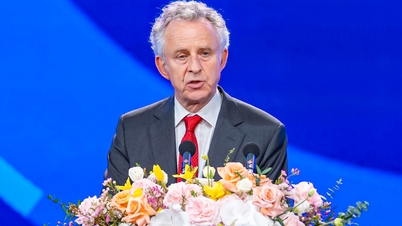




![[Update] VinFuture 2025 Award Ceremony with total value of 4.5 million USD](https://vphoto.vietnam.vn/thumb/402x226/vietnam/resource/IMAGE/2025/12/05/1764939758366_image-jpg.webp)




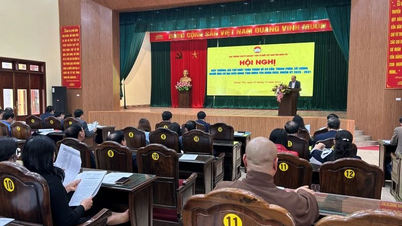
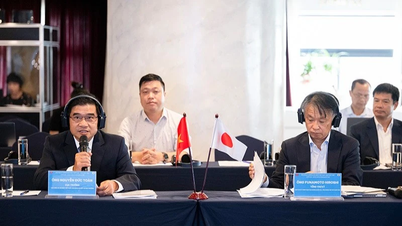

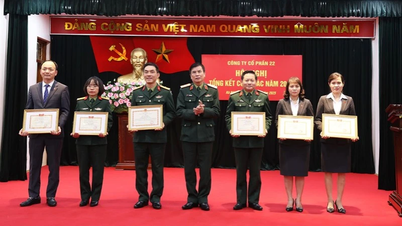

















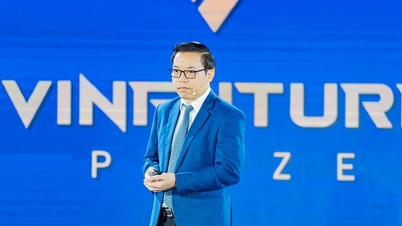

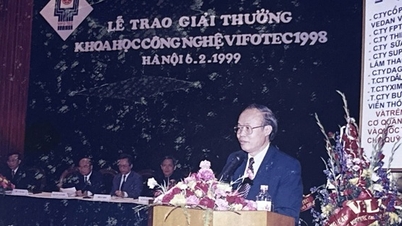



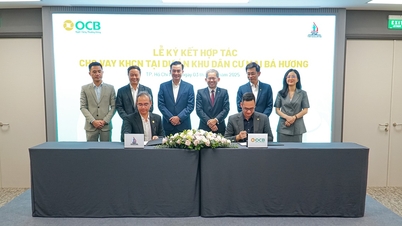


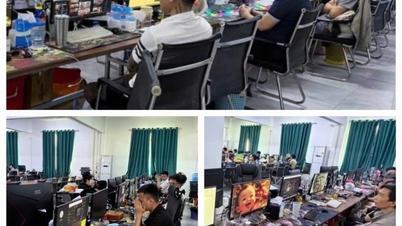
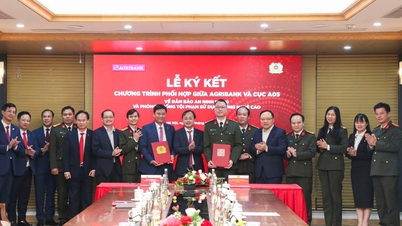


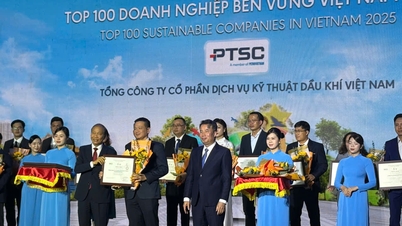






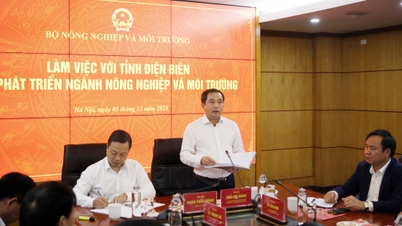






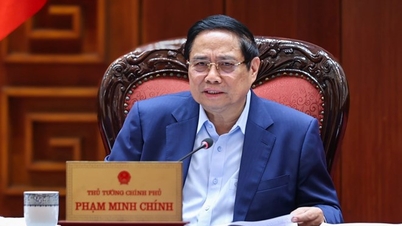
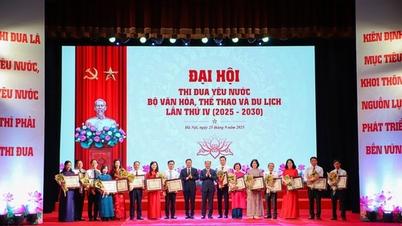

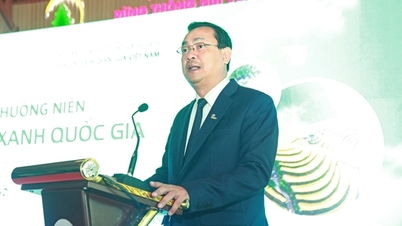
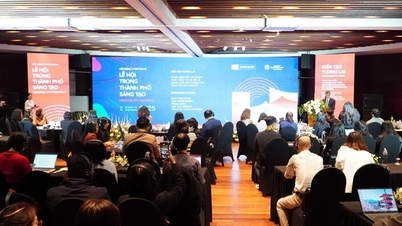
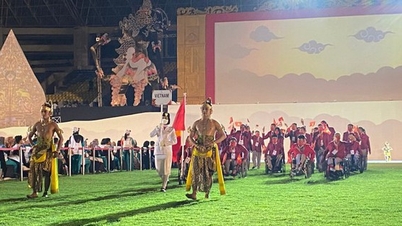
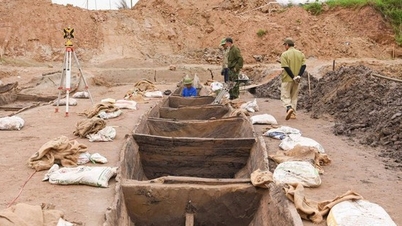








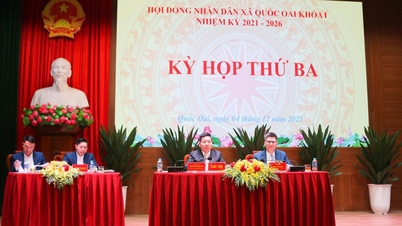
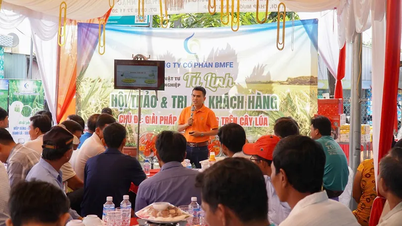

















Comment (0)